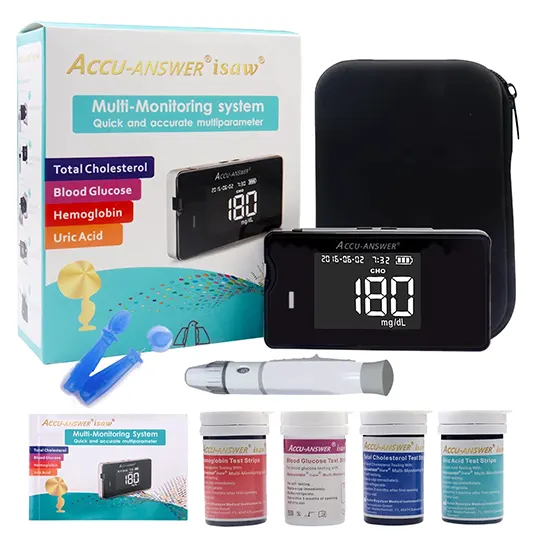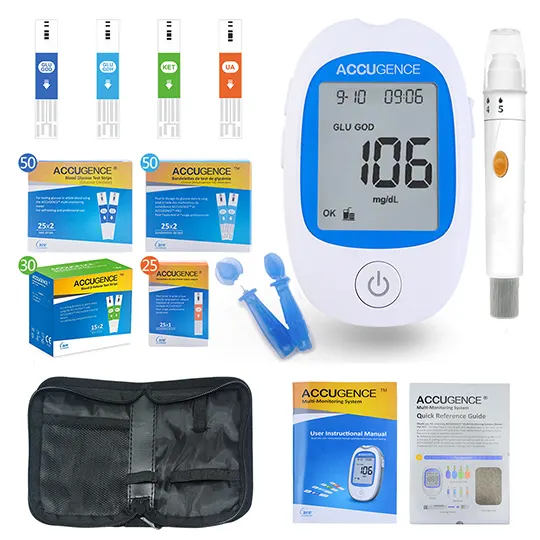empagliflozin/linagliptin (Glyxambi)
Classes: Antidiabetics, SGLT2 Inhibitors; Antidiabetics, Dipeptyl Peptidase-IV Inhibitors
Dosing and uses of Glyxambi (empagliflozin/linagliptin)
Adult dosage forms and strengths
empagliflozin/linagliptin
tablet
- 10mg/5mg
- 25mg/5mg
Type 2 Diabetes Mellitus
Indicated as an adjunct to diet and exercise to improve glycemic control in adults with type 2 diabetes when both empagliflozin and linagliptin are appropriate treatments
10 mg/5 mg PO qDay in morning, taken with or without food
The dose may be increased to 25 mg/5mg once daily if needed and tolerated
Dosage modifications
Hepatic impairment: No dosage change required
Renal impairment
- eGFR ≥45 mL/min/1.73 m²: No dose adjustment required
- Baseline eGFR <45 mL/min/1.73 m²: Do not initiate drug
- Discontinued if eGFR is persistently drops to <45 mL/min/1.73 m²
Dosing Considerations
Correct volume depletion before initiating
Assess renal function before initiating and periodically thereafter
Limitations of use
- Not for the treatment of type 1 diabetes mellitus or diabetic ketoacidosis
- Has not been studied in patients with a history of pancreatitis
Pediatric dosage forms and strengths
Safety and efficacy not established
Geriatric dosage forms and strengths
See Adult Dosing
Higher incidence of adverse reactions related to volume depletion and reduced renal function
Empagliflozin is associated with osmotic diuresis, which could affect hydration status of patients age ≥75 years
Glyxambi (empagliflozin/linagliptin) adverse (side) effects
Also see individual drugs
>10%
Urinary tract infection (11.4-12.5%)
1-10%
Upper respiratory tract infection (7%)
Nasopharyngitis (5.9-6.6%)
Increased LDL-C (4.6-6.5%)
Hypoglycemia (2.2-3.6%)
Increased hematocrit (2.8%)
Postmarketing Reports
Acute pancreatitis, including fatal pancreatitis
Hypersensitivity reactions, including anaphylaxis, angioedema, and exfoliative skin conditions
Rash
Thirst (including polydipsia)
Warnings
Contraindications
Severe renal impairment, end-stage renal disease, or dialysis
History of hypersensitivity reaction to linagliptin (eg, anaphylaxis, angioedema, exfoliative skin conditions, urticaria, bronchial hyperreactivity)
History of serious hypersensitivity reaction to empagliflozin
Cautions
Acute pancreatitis, including fatal pancreatitis, reported; if pancreatitis is suspected, promptly discontinue
Hypotension: Before initiating, assess and correct volume status in patients with renal impairment, elderly patients, patients with low systolic blood pressure, and patients on diuretics; monitor for hypotension during therapy
Monitor renal function before initiating and during therapy; more frequent monitoring is recommended in patients with eGFR <60 mL/min/1.73 m²
Hypoglycemia risk increased with insulin and insulin secretagogues (eg, sulfonylureas); a lower dose of insulin or the insulin secretagogue may be required
Genital mycotic infections may occur; patients with history of genital mycotic infections and uncircumcised males are more susceptible
Empagliflozin increases risk for urinary tract infections (UTIs), including life-threatening urospesis and pyelonephritis that started as UTIs
Fatal cases of ketoacidosis reported in patients taking empagliflozin (SGLT2 inhibitors) reported; monitor for signs of ketoacidosis and advise patients to seek immediate medical attention for symptoms (eg, difficulty breathing, nausea, vomiting, abdominal pain, confusion, unusual fatigue or sleepiness); assess patients who present with signs and symptoms of metabolic acidosis for ketoacidosis, regardless of blood glucose level; consider risk factors for ketoacidosis prior to initiating therapy; patients may require temporary discontinuation of therapy in clinical situation that may predispose to ketoacidosis;
Reports of serious hypersensitivity reactions in patients treated with linagliptin, including anaphylaxis, angioedema, and exfoliative skin conditions; if signs and symptoms occur, promptly institute appropriate monitoring and treatment and initiate alternative treatment for diabetes
Dose-related increases in LDL-C reported
DPP-4 inhibitors may cause joint pain that can be severe and disabling; resolves within a month upon discontinuing the drug
No conclusive evidence of macrovascular risk reduction with empagliflozin or any other antidiabetic agent
Severe and disabling arthralgia reported in patients taking DPP-4 inhibitors; consider as possible cause for severe joint pain and discontinue drug if appropriate
Pregnancy and lactation
Pregnancy category: C
Lactation: Unknown if distributed in human breast milk
Because many drugs are excreted in human milk and because of the potential for serious adverse reactions in nursing infants from empagliflozin, a decision should be made whether to discontinue nursing or to discontinue the drug, taking into account the importance of the drug to the mother
Pregnancy categories
A: Generally acceptable. Controlled studies in pregnant women show no evidence of fetal risk.
B: May be acceptable. Either animal studies show no risk but human studies not available or animal studies showed minor risks and human studies done and showed no risk.
C: Use with caution if benefits outweigh risks. Animal studies show risk and human studies not available or neither animal nor human studies done.
D: Use in LIFE-THREATENING emergencies when no safer drug available. Positive evidence of human fetal risk.
X: Do not use in pregnancy. Risks involved outweigh potential benefits. Safer alternatives exist.
NA: Information not available.
Pharmacology of Glyxambi (empagliflozin/linagliptin)
Mechanism of action
First combination approved by the FDA of a sodium glucose cotransporter-2 (SGLT2) inhibitor and a dipeptidyl peptidase-4 (DPP-4) inhibitor
Empagliflozin: SGLT2 inhibitor; SGLT2 is expressed in the proximal renal tubules and is responsible for the majority of the reabsorption of filtered glucose from the tubular lumen; SGLT2 inhibitors reduce glucose reabsorption and lower the renal threshold for glucose, thereby increasing urinary glucose excretion
Linagliptin: DPP-4 inhibitor; increases and prolongs incretin hormone activity, which is inactivated by DPP-4 enzyme; incretins regulate glucose homeostasis by increasing insulin synthesis and release from pancreatic beta cells and reducing glucagon secretion from pancreatic alpha cells
Absorption
Bioavailability: 30% (linagliptin)
Empagliflozin
- Peak plasma time: 1.5 hr
- Peak plasma concentration: 259-687 nmol/L
- AUC: 1870-4740 nmol•hr/L
Distribution
Protein bound: 36.8% (empagliflozin); 75-99% (linagliptin; concentration dependent)
Vd: 73.8 L (empagliflozin); 1110 L (linagliptin)
Metabolism
Empagliflozin: Primary route of metabolism is glucuronidation by the uridine 5'-diphospho-glucuronosyltransferases UGT2B7, UGT1A3, UGT1A8, and UGT1A9
Linagliptin: Majority (~90%) is excreted unchanged, indicating that metabolism represents a minor elimination pathway
Elimination
Half-life: 12.4 hr (empagliflozin)
Oral clearance: 10.6 L/hr (empagliflozin)
Renal clearance: 70 mL/min (linagliptin)
Excretion
- Feces: 41.2% (empagliflozin)
- Urine: 54.4% (empagliflozin); 5% (linagliptin)
- Enterohepatic: 80% (linagliptin)
Administration
Instructions
May take with or without food
Take once daily in the morning



